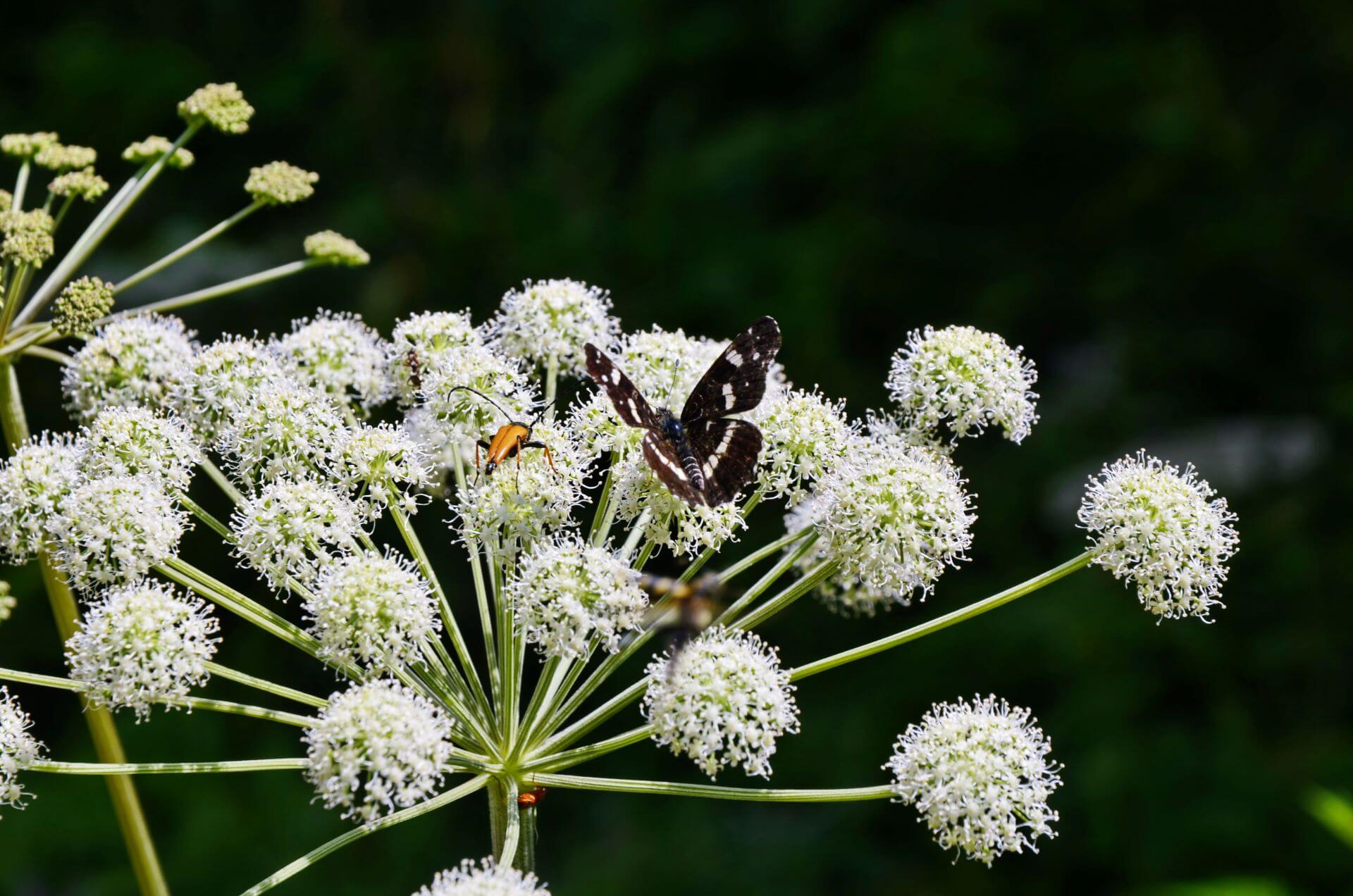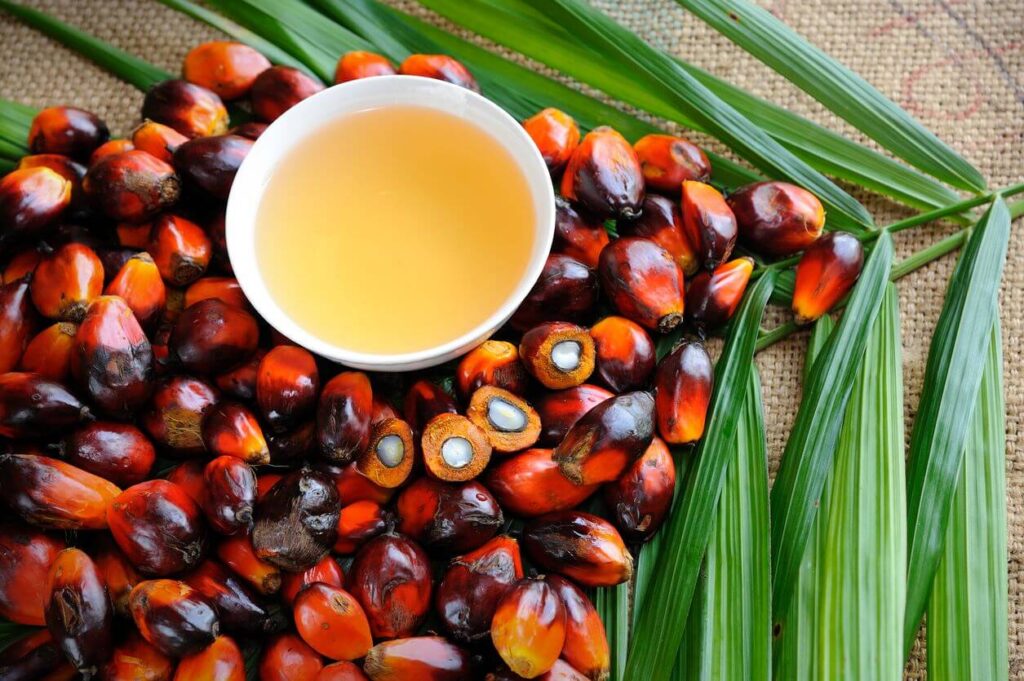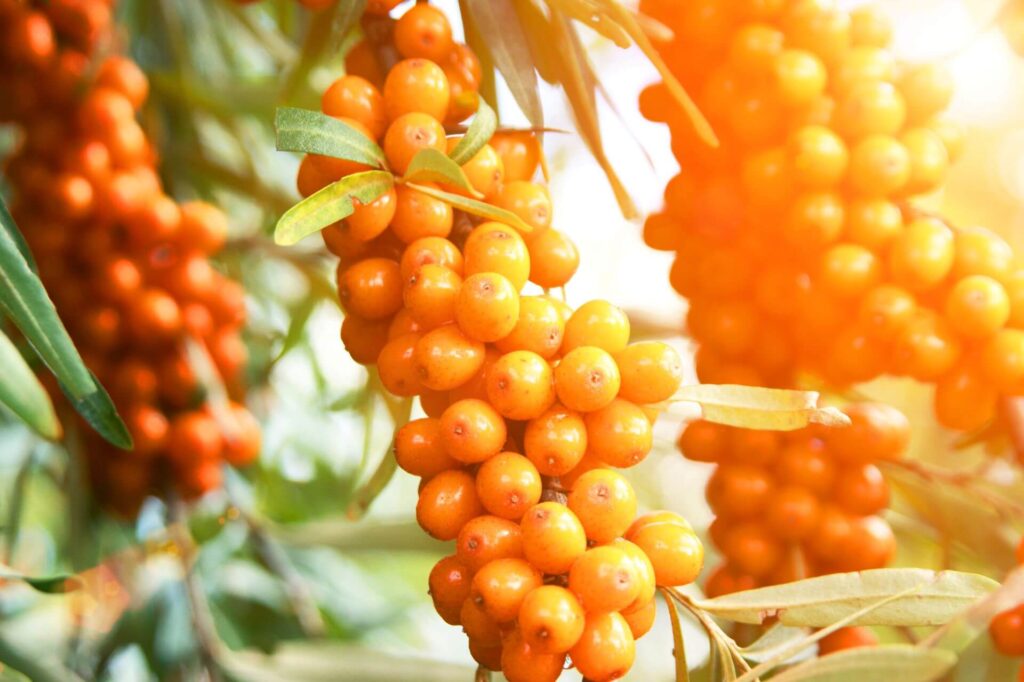Angelica Oil: Examining Tradition and Scientific Inquiry
Welcome! In this series, we’ve been exploring the incredible benefits that various plant-based extracts offer for our overall well-being.
Get to Know Angelica Oil
The botanical world is filled with plants that are both amazingly beautiful as well as medicinal. Among them stands Angelica, a genus of striking herbs that have captivated cultures and health practitioners for centuries. Often recognized by their towering stature, vibrant green foliage, and impressive umbels of white or greenish flowers, angelicas are far more than just visually appealing additions to the landscape. Researching the phytochemistry and traditional uses of Angelica reveals a fascinating story that intertwines botany, folklore, and medicine.
The genus Angelica belongs to the Apiaceae family, a diverse group that includes familiar culinary herbs like parsley, dill, and fennel. Several species of Angelica have proven their ability to effect positive changes in our bodies, most notably Angelica archangelica (often referred to simply as Angelica), Angelica sinensis (Dong quai), and Angelica dahurica. Each species possesses a unique profile of bioactive components which contribute to their diverse uses.
Chemically, Angelicas are a source of an abundance of interesting compounds. Their roots, seeds, and leaves are rich in oils that are characterized by the presence of terpenes, the primary constituents of essential oils. Furthermore, many species contain coumarins and furanocoumarins, compounds that are responsible for the characteristic earthy, herbal, slightly sweet aroma of Angelica and support many of its traditional medicinal uses.
The Storied History of Angelica
The herbs known as Angelica have long been revered in European, Chinese, and Ayurvedic traditional medicine. Angelica has been cultivated as a medicinal and flavoring plant in Scandinavian countries since the 12th century and in England since the 16th century.(1) Its association with the Archangel Michael, because it blooms on his feast day, May 8 on the former Julian calendar, as well as the Archangel Raphael, who was believed to have revealed Angelica’s medicinal properties to a monk in a dream, gave it an almost mythical status. Traditional European herbalists used Angelica to ward off infectious diseases, aid digestion, treat fevers, and alleviate respiratory conditions. Because of the association with angels, people dubbed it the Root of the Holy Ghost. All parts of the plant were believed effective against evil spells, witchcraft and plague.(2)
Angelica sinensis, or Dong quai, holds a revered position in Traditional Chinese Medicine (TCM). Often referred to as the “female ginseng,” it is primarily used to support women’s health issues, addressing menstrual irregularities, menopausal symptoms, and postpartum recovery. Phytochemical investigations have identified various compounds in Dong quai, including ferulic acid and ligustilide, which are believed to contribute to its therapeutic effects.(3) Similarly, Angelica dahurica is another important species in TCM, valued for its analgesic, anti-inflammatory, and decongestant properties. Its root is commonly used to alleviate headaches, toothaches, and nasal congestion.(4)
The Ayurvedic medical system suggests Angelica archangelica oil for massage to control fever and as drops for rhinitis and tincture of Angelica is used to treat a host of ailments.(5) Angelica root, root powder, essential oil, and liquid extracts made from the herb are all prepared and used traditionally.(6)
Modern Scientific Research confirms that Angelica oil possesses several beneficial properties:
1. Anti-Inflammatory and Antioxidant Effects
Angelica dahurica’s coumarins and flavonoids have shown potent antioxidant effects, reducing oxidative stress and inflammation in various models. A study in Phytomedicine (2003) demonstrated that Angelica extract reduced inflammation markers in animal models, suggesting its potential in managing chronic inflammatory diseases (Koh et al., 2003). Angelica sininsis’ polysaccharides have been observed to scavenge free radicals and improve antioxidant enzyme activity (Molecules, 2012).
2. Liver Protection
Liver protection is one of the traditional uses of Angelica in TCM. Research published in Journal of Ethnopharmacology (2010) found that Angelica sinensis polysaccharides mitigated liver damage in mice exposed to hepatotoxic substances, likely due to its antioxidant and anti-inflammatory properties (Chen et al., 2010).
3. Hormonal Balance and Women’s Health
Dong Quai (Angelica sinensis) is often called “female ginseng” for its use in addressing menstrual disorders and menopausal symptoms. A clinical review in Menopause (2003) highlighted its use in combination with other herbs to relieve hot flashes and balance estrogen levels (Low Dog, 2003). Angelica also contains ferulic acid and ligustilide, which help relax uterine muscles and may enhance blood circulation.
4. Antimicrobial Properties
Essential oils from Angelica archangelica have shown antibacterial and antifungal activity. A study in Food Chemistry (2005) confirmed Angelica essential oil’s effectiveness against Staphylococcus aureus and Candida albicans, supporting its traditional use in treating infections (Lis-Balchin & Hart, 2005).
5. Cognitive and Neurological Benefits
Research also indicates that Angelica archangelica may offer neuroprotective benefits. In vitro studies suggest that its extracts inhibit acetylcholinesterase, a key enzyme involved in Alzheimer’s disease pathology (Bioorganic & Medicinal Chemistry Letters, 2014).
6. Digestive Support
Traditionally, Angelica archangelica has also been used to aid digestion. While more research is needed specifically on the essential oil, its historical use and the presence of certain compounds suggest potential benefits in easing digestive discomfort.
7. Skin Benefits
Angelica archangelica oil is also finding its way into skincare. Its potential anti-inflammatory and antioxidant properties may contribute to a healthy and radiant complexion (though always dilute properly before topical application!).
Final Thoughts
As we have discovered, the genus Angelica offers a compelling example of the long standing relationship between humans and the medicines found in the plant kingdom. From their striking botanical features to their complex phytochemistry and diverse traditional applications across cultures, Angelicas are far more than just attractive herbs. They are a rich source of potent bioactive compounds that are beneficial to our bodies.
Angelica oil is one of the fine ingredients in the following Seeds of Life Elixirs Products:
Natural Oregano Antiseptic Body Rub
Disclaimer:
Although Angelica archangelica is the Angelica used in Seeds of Life Elixirs formulations, is crucial to approach the use of some species of Angelica with caution. Angelica sinensis may interact with blood thinners. Furanocoumarins present in the Angelica dahurica species can cause photosensitivity, leading to skin irritation upon exposure to sunlight after ingestion or topical application. This blog post is for informational purposes only and does not constitute medical advice. Always do a 30 minute patch test before applying any new oil to your skin.





